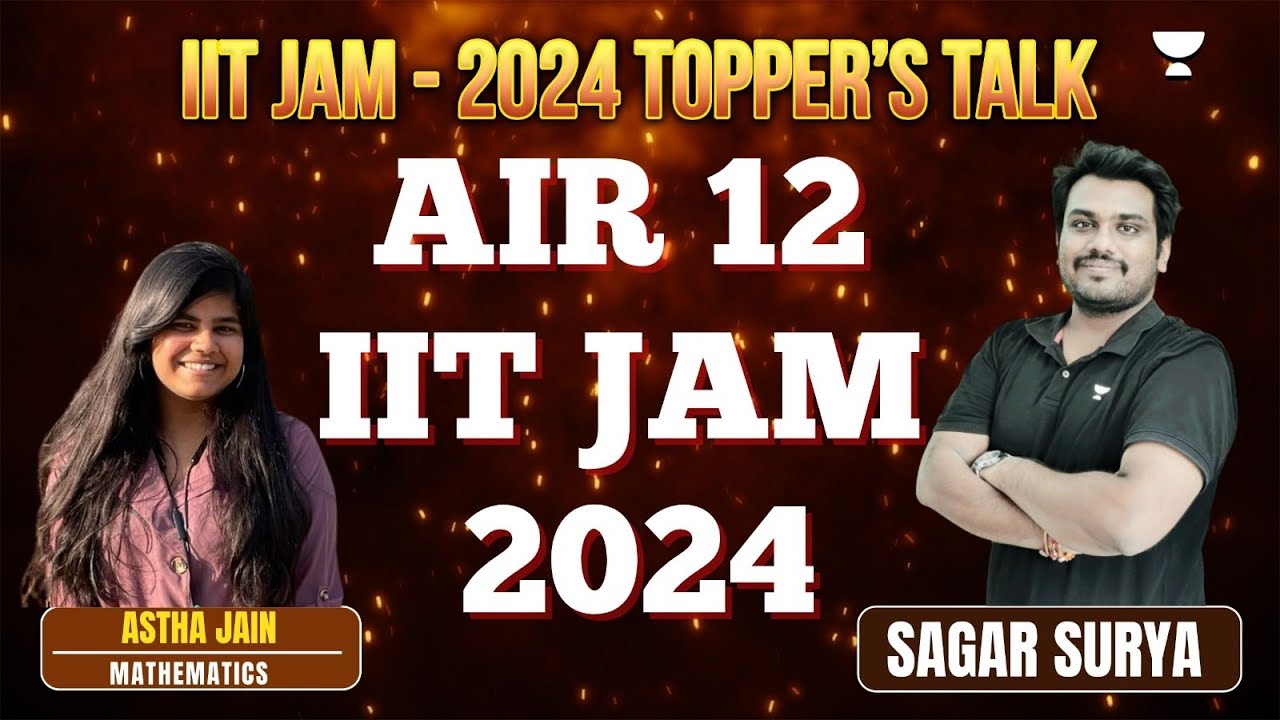How To ABSORB TEXTBOOKS Like A Sponge
Summary
TLDRThis video script offers a strategic approach to remembering information from textbooks, particularly for exam preparation. It suggests flipping through pages for an overview, reading the end chapter quiz first to identify key points, and focusing on bold print and first and last sentences of paragraphs. This method aims to enhance understanding and retention, emphasizing the importance of repetition over a single, comprehensive read-through.
Takeaways
- 📖 Most people read textbooks like novels, which is ineffective for retaining information.
- 👀 Start by flipping through the chapter to get a visual sense of its content without reading in detail.
- 📝 Check the end of the chapter for any quizzes to understand what key points to focus on while reading.
- 🔍 Skim the bold print, titles, and subtitles to grasp the chapter's structure and main topics.
- 📚 Read the first and last sentences of each paragraph to get a quick overview of the content.
- 🧠 This approach helps set up your brain with a 'map' of the chapter, making it easier to connect the dots later.
- 💡 You're not reading for deep understanding yet but for exposure and familiarity with the content.
- 🔄 This method, although slower, provides multiple layers of repetition and is more effective than cramming.
- 🚨 Activating your brain's 'reticular activating system' makes you more aware of the important points as you read.
- ✅ Following this systematic approach once will make the information more memorable and easier to recall during exams.
Q & A
Why is it not effective to read a textbook like a novel from start to finish?
-Reading a textbook like a novel can lead to poor retention of information because it doesn't engage the brain in a way that facilitates memory retention effectively.
What is the first step suggested in the script for approaching a textbook chapter?
-The first step is to flip through each page without reading, just to get a sense of the chapter's layout, the presence of images, graphs, and what stands out.
Why is it recommended to look at the end of the chapter before the beginning?
-Looking at the end first allows you to see if there's a quiz, which can indicate what the author considers important and what you should focus on while reading.
What is the purpose of reading the bold print in a textbook chapter?
-Reading the bold print helps you identify the main topics and headings, which are the key points the author wants you to understand.
Why should you read the first and last sentence of each paragraph in a textbook chapter?
-The first and last sentences of each paragraph usually provide an overview and summary, helping you understand the main ideas and structure of the content.
What does the script suggest about the process of reading for exposure versus reading for comprehension?
-The script suggests that initially, you should read for exposure to get a general idea and map of the content, before diving deeper for comprehension.
How does the script define 'repetition' in the context of learning?
-Repetition is defined as the mother of learning, implying that revisiting information multiple times helps in better retention and understanding.
What is the 'reticular activating system' mentioned in the script, and how does it relate to learning?
-The reticular activating system is an internal radar that increases awareness and focus on specific information, making the learning process more effective.
Why is the approach described in the script considered more effective than simply reading through the textbook once?
-This approach is more effective because it involves multiple stages of engagement with the material, increasing understanding and retention through repetition and focused attention.
How does the script compare the suggested reading method to cramming for an exam?
-The script suggests that the method is less work in the long run compared to cramming, as it helps in systematically absorbing and retaining information rather than struggling to memorize it all at once.
Outlines

Cette section est réservée aux utilisateurs payants. Améliorez votre compte pour accéder à cette section.
Améliorer maintenantMindmap

Cette section est réservée aux utilisateurs payants. Améliorez votre compte pour accéder à cette section.
Améliorer maintenantKeywords

Cette section est réservée aux utilisateurs payants. Améliorez votre compte pour accéder à cette section.
Améliorer maintenantHighlights

Cette section est réservée aux utilisateurs payants. Améliorez votre compte pour accéder à cette section.
Améliorer maintenantTranscripts

Cette section est réservée aux utilisateurs payants. Améliorez votre compte pour accéder à cette section.
Améliorer maintenantVoir Plus de Vidéos Connexes

IIT JAM 2024 Achiever Astha Jain | AIR 12 | Sagar Surya

😱UPSC Prelims Shocking Factor --How to Approach 3 Column Question | UPSC PYQ Analysis #upsc2025 #ias

تفاصيل المراجعة النهائية في الأحياء ٢٠٢٥ مع د. أحمد الجوهري 🫡⌛️

Junaid Ahmed UPSC preparation for beginners Complete one year plan | IAS Junaid Ahmad

✍️ Macete INFALÍVEL no ENEM para ACERTAR MAIS QUESTÕES de Humanas e Linguagens (muito mais rápido)

How to Review for Exams (UltimateTest Prep Guide)
5.0 / 5 (0 votes)
